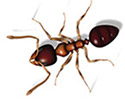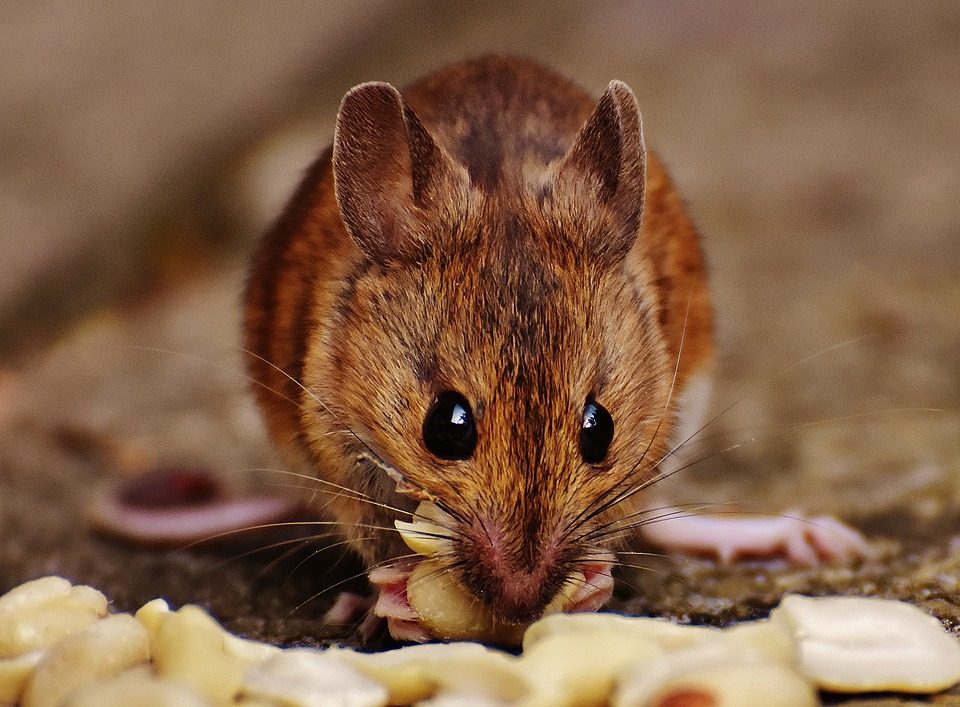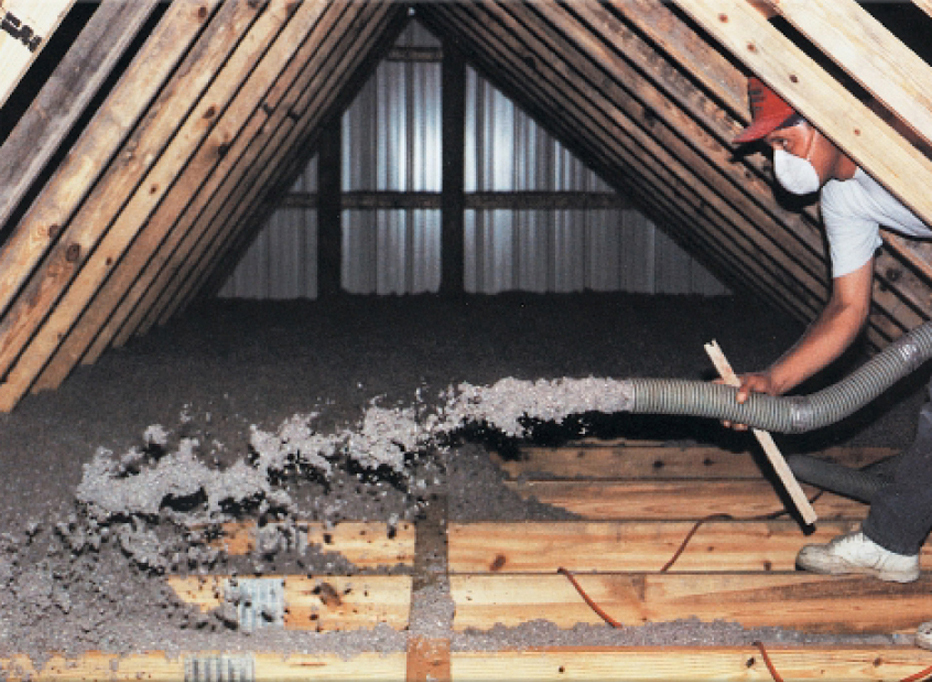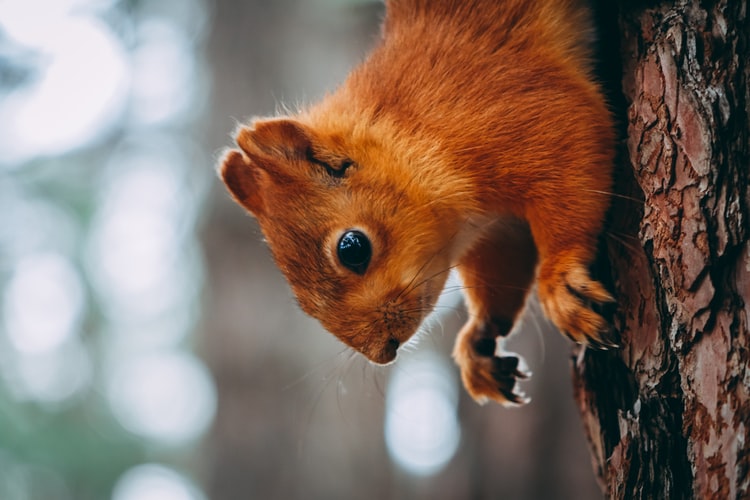

Why You Need to Install Crawl Space Vapor Barriers
March 9, 2018
5 Things That Attract Termites To Your Home
May 30, 2018As we welcome summer with open arms, we also open our doors to all things winged – like pesky mosquitoes. While spring is the favorite season for many, it also brings warmer temperatures and heavy rains – two factors that can contribute to an influx of mosquitoes. These buzzing pests not only bring endless days of itching and scratching, but they can also spread a wide range of diseases such as malaria, Zika Virus, and dengue fever.
Thankfully, there are a couple of things you can do for mosquito reduction in your home and make it as inhospitable as possible to all mosquitoes.
- Get Rid of stagnant Water
Stagnant water serves as an ideal mosquito breeding ground. Ensure that as summer comes, you do not allow stagnant water to build up in kiddie pools, birdbaths, plastic sheeting, old tires, trash cans lids, and so on. Remember, any water that stands for more than seven days can become a mosquito breeding site.
- Keep Gutters and Drains Clear
Mosquitos do not need a deep pool of stagnant water to breed and can lay eggs even in a handful of water. During winter, many gutters become cluttered with fallen leaves and debris, not allowing rainwater to flow freely. Clear out your gutters once the spring starts to ensure that water flows freely and does not accumulate.
- Keep your yards clean
Mosquitoes love to breed in tall grass, bushes, and overgrown trees. Keeping your lawn tidy helps to keep them away. If you have any water features on your property, consider installing pumps that circulate the water so that it does not remain stagnant. Introducing fish or minnows that feed on mosquito larvae is also a natural means of prevention.
- Hire mosquito control services
Having a trained professional inspect your property along with a few simple precautions can help you lower your risk of attracting mosquitoes to your property. It is never too early to establish safe practices to turn your home into a ‘mosquito-free‘ zone.






